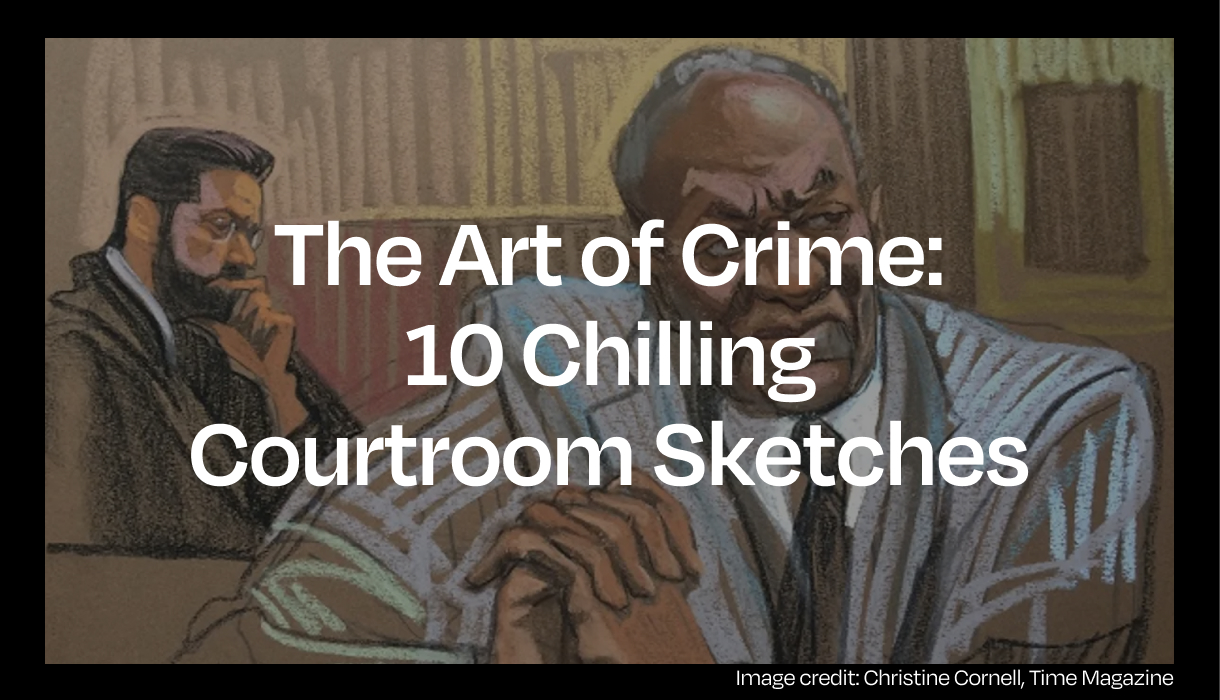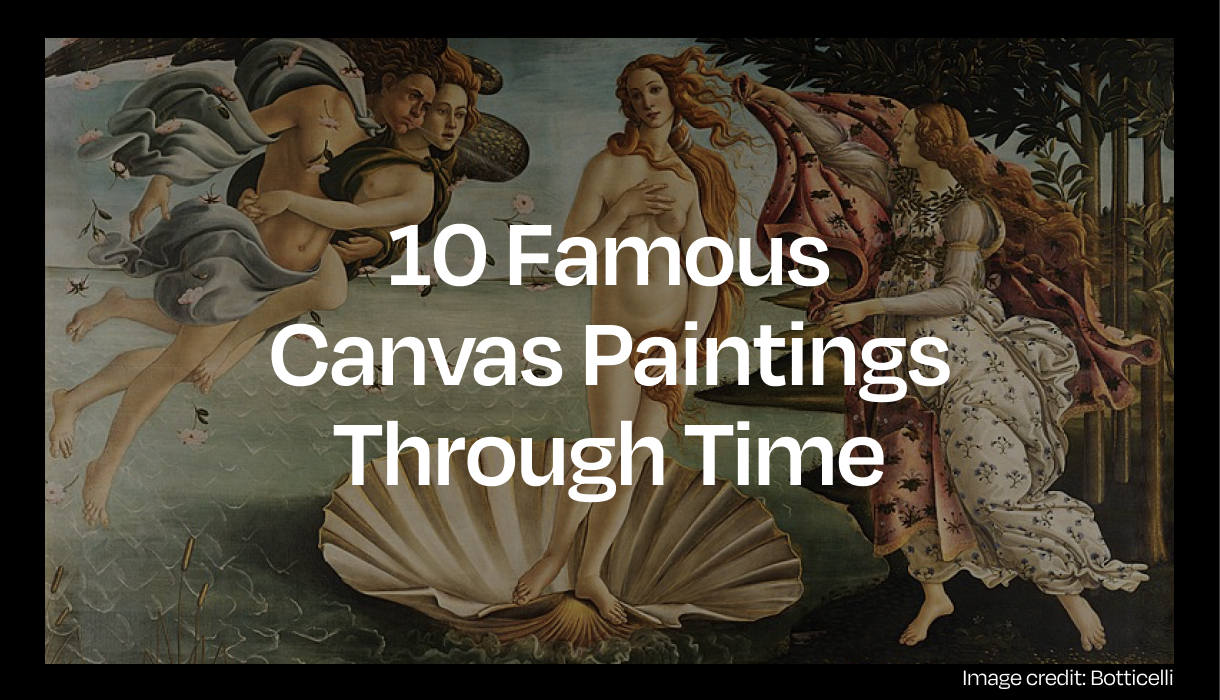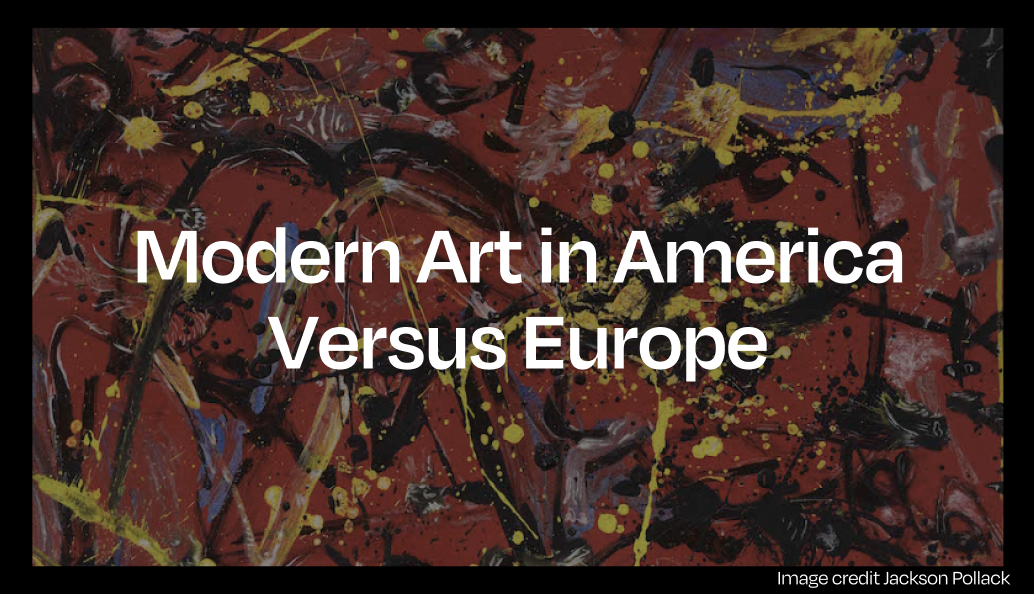
Modern Art in America Versus Europe
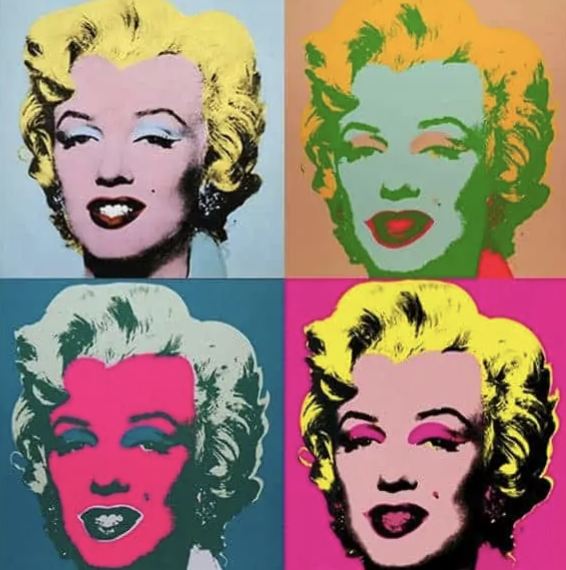
Modern art in America has really branched out, showing off all sorts of movements, styles, and mediums. From Jackson Pollock’s wild abstract stuff to Andy Warhol’s pop art, American artists are always shaking things up and trying new stuff, all about expressing themselves and seeing what they can get away with.
Over in Europe, modern art tends to lean on its rich cultural history. They’re big on classical art, history, and all that mythological jazz. Think surrealism, cubism, and impressionism – all deeply rooted in Europe’s artistic heritage and culture.
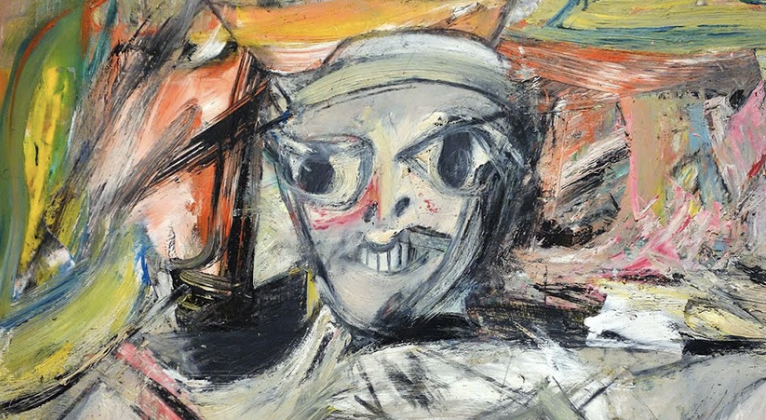
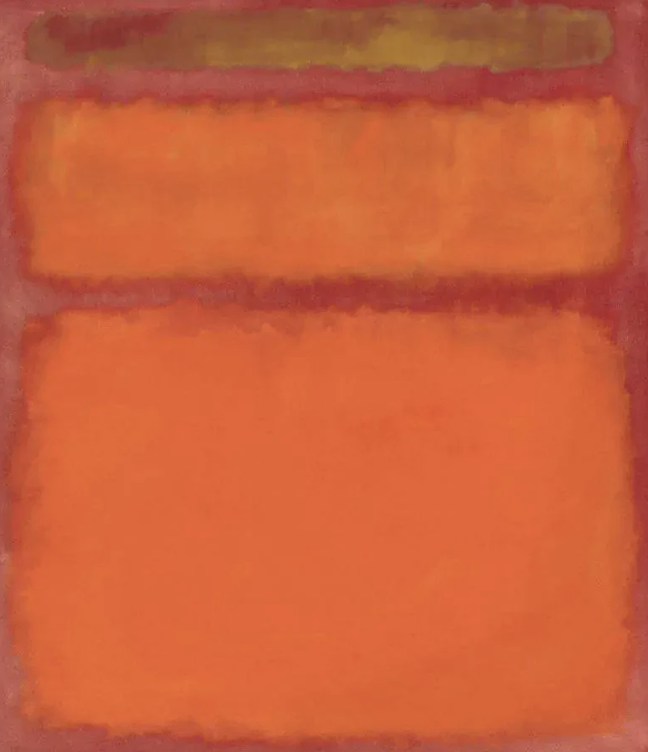
But even though they’ve got their own vibes going on, American and European modern art still swap ideas and techniques all the time. Artists hop between the two scenes, and the global art scene mixes things up even more. American artists like Mark Rothko and Willem de Kooning take notes from the European masters, while European artists like Piet Mondrian and Salvador Dalí get jazzed up by the energy of American cities.
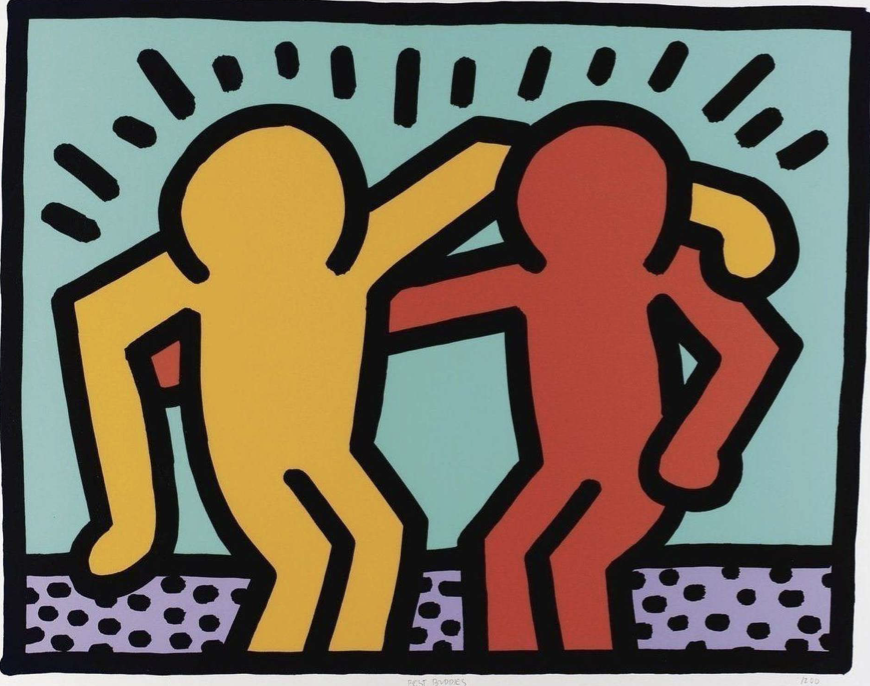
The social and political landscapes also shapes what artists are putting out there. In the States, modern art often reflects the country’s ever-changing society, tackling things like identity and tech. Artists like Keith Haring and Jean-Michel Basquiat use their art to fight for what they believe in, capturing the activist spirit that’s been alive and kicking in America for ages.
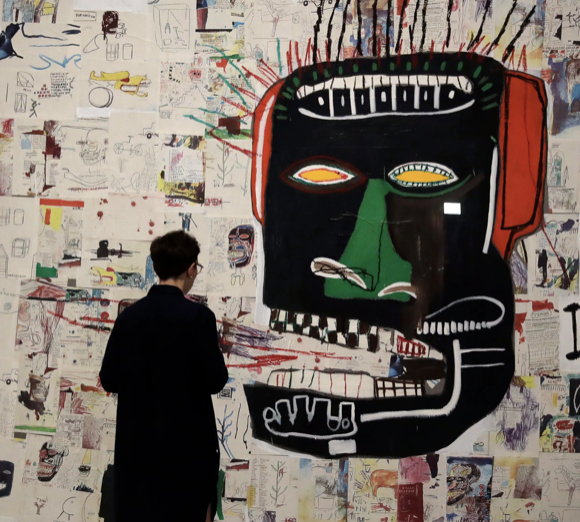
Let’s check out two iconic pieces from each side:
“Number 1” by Jackson Pollock (United States): This monster of a painting by Jackson Pollock is the epitome of his drip painting style. He just chucked paint at the canvas in all sorts of crazy ways, giving off this vibe of pure creative chaos.
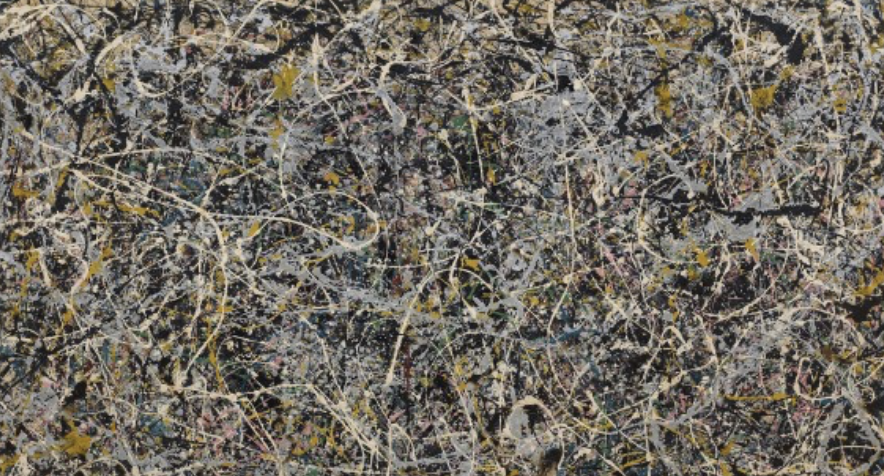
“The Persistence of Memory” by Salvador Dalí (Spain, Europe): Dalí’s famous for his surrealistic style, and this painting’s no exception. You’ve got melting clocks and a dreamy landscape that messes with your head in the coolest way possible.
These pieces show how different American and European modern art can be. Pollock’s all about that raw, spontaneous expression, while Dalí’s more into meticulously crafting surreal landscapes. But no matter the approach, both sides bring something unique to the table, constantly pushing the boundaries of what art can be.
So, even though American and European modern art have their own flavours, they’re still united by a love for pushing the envelope and expressing themselves in ways that blow our minds. It’s all about celebrating the diversity and creativity of contemporary art, showing how it reflects and shapes the world we live in.
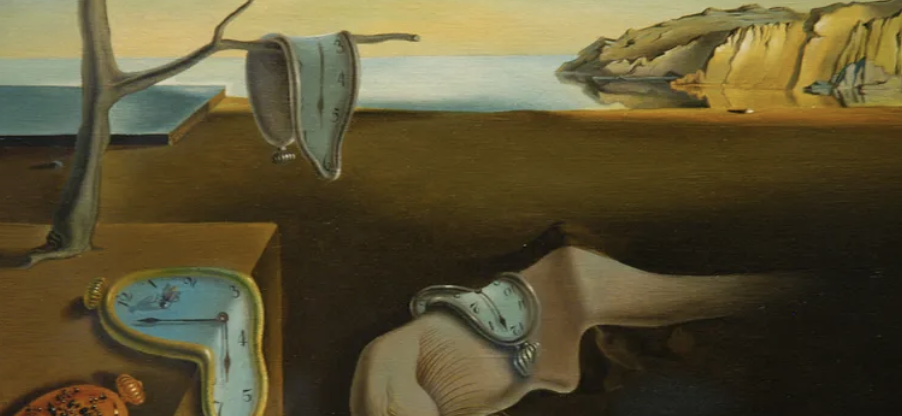
Check out top-rated local artists near you!
Are you an artist ? Sign Up











